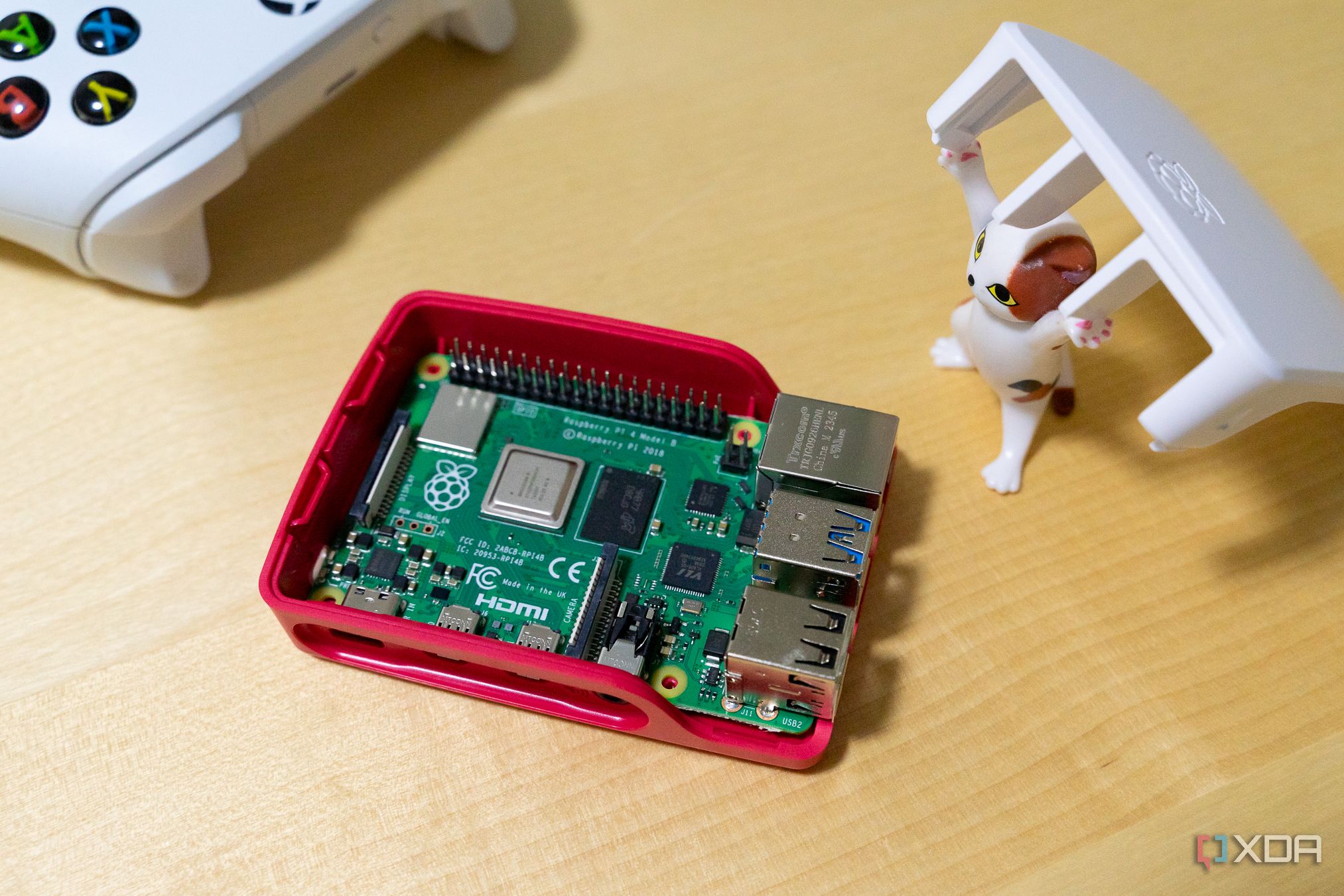The growing trend of self-hosting has sparked a debate among tech enthusiasts about the best hardware to use: single-board computers (SBCs) or containers. As users explore options for hosting services, the efficiency and performance of these two methods become crucial factors in decision-making.
For many, including myself, the transition from using dedicated virtual machines to containers has been eye-opening. Containers, such as those managed by Docker, offer a lighter and more flexible approach compared to traditional virtual machines. However, the choice between utilizing a powerful PC or a compact SBC like the Raspberry Pi 4B often complicates the self-hosting journey.
Performance and Scalability Considerations
When it comes to simple media servers with limited users, both containers and SBCs can serve well. My main PC, equipped with an Intel Core i9-12900K and 32GB of RAM, can comfortably handle multiple services run inside containers or virtual machines. Yet, for more demanding applications—such as logging, analytics, or larger media servers—the choice of hardware plays a significant role.
As the number of container services on a single device increases, resource allocation becomes critical. Too many services can lead to system slowdowns, making it vital to consider dedicating a single SBC to each task. This approach can alleviate resource strain but is not without limitations, particularly if the project grows in complexity. SBCs, while cost-effective and energy-efficient, may struggle under high loads due to their low-powered nature.
Fortunately, both setups offer scalability options. SBCs can be clustered to distribute workloads, although this adds complexity and is most beneficial for tasks that can be parallelized. For single-host systems, scaling is limited by the hardware’s compatibility and capacity.
Another advantage is the adaptability of both technologies. If one setup proves inadequate, transitioning between configurations is often straightforward. Containers are inherently portable, allowing for easy migration across devices with similar architectures. Conversely, if an SBC is underutilized, consolidating services onto a more powerful host can be achieved without significant difficulty.
Reliability and Management
In a multi-container environment, the failure of a central host can result in the downfall of all services. This risk is mitigated with a dedicated SBC setup, where service failures are confined to individual devices. Moreover, creating a physical SBC cluster not only enhances performance but also introduces redundancy, allowing other devices to take over in the event of a failure.
Management remains manageable in both scenarios. An SBC cluster can be administered from any of its nodes, while container setups can be orchestrated with tools like Docker Swarm or managed from the central host.
The physical size of SBCs is another advantage. They are compact and can be easily concealed, making them ideal for home environments. The Raspberry Pi 5, for instance, operates at around 12W under load, enabling continuous operation without significantly increasing electricity bills. Additionally, SBCs can run headless, further reducing their physical footprint.
In contrast, utilizing a powerful desktop for hosting can introduce challenges. Certain operating systems, notably Windows 11, may require periodic restarts, causing downtime. Desktop CPUs also necessitate more robust cooling and power solutions, which can lead to increased noise and energy usage.
Cost and Repairability
Cost considerations are vital when choosing between SBCs and containers. While it might seem that containers are more economical for smaller home labs, escalating workloads can lead to expensive upgrades. SBCs, such as the Raspberry Pi 4B, which retails between $35 and $75, offer a budget-friendly alternative.
If dedicating one SBC per service feels excessive, clustering is a feasible option with proper planning. Although individual components on an SBC cannot be replaced, the low cost of the boards means that replacing a faulty unit is less burdensome than repairing standard PC hardware.
Ultimately, the decision between centralized hosting and distributing services across several discrete hardware options is nuanced. This challenge arises not only in personal home labs but also in large-scale organizational contexts worldwide. The flexibility of modern technology allows for experimentation without facing catastrophic financial losses.
My own journey involves exploring the intricacies of setting up different services within containers while maintaining the option to migrate to an SBC if necessary. While some may hesitate to undertake the effort of dual setups, for me, it is an essential aspect of learning and innovation. Moreover, there is no strict requirement to choose one over the other; containers can be hosted on any compatible system, including SBCs or clusters.
For those interested in exploring more possibilities, including Network-Attached Storage (NAS) as an alternative, further insights can be found in the article by Ayush Pande.
